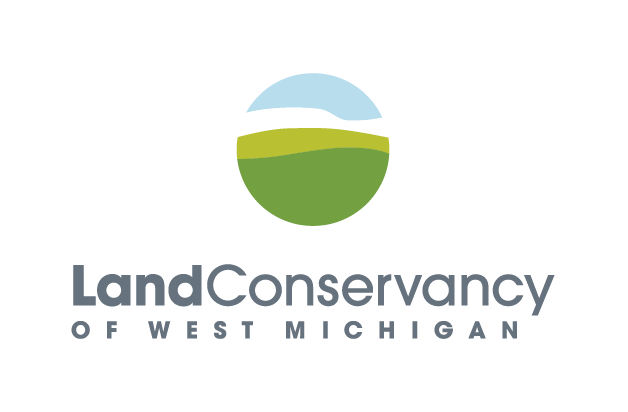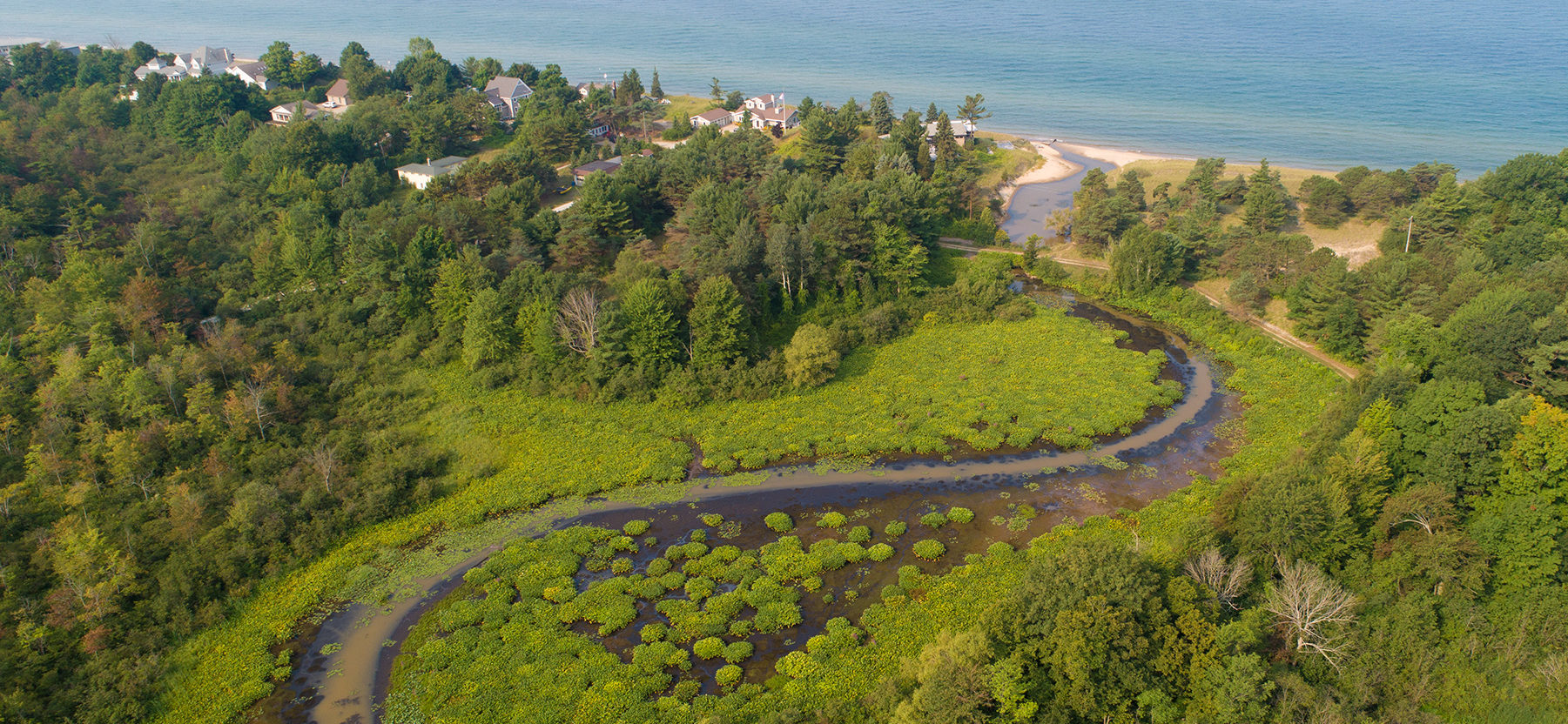Big Forests & Wild Rivers
The Big Forests & Wild Rivers region is characterized by large blocks of forest and winding, scenic rivers. This expanse of connected habitat sustains a biodiverse collection of plants and wildlife. Its barrens and savannas host Michigan’s most significant populations of the endangered Karner blue butterfly. The threatened eastern massasauga rattlesnake also makes its home here.
The region’s rugged natural features make it a sought-after destination for outdoor recreationists. Backpackers trek through the Manistee National Forest and Muskegon State Game Area. Families enjoy paddling excursions along stretches of the winding Pere Marquette, White and Muskegon Rivers. And anglers come from far and wide to fly fish in the region’s world-class trout streams.
But these hallmarks are at risk of degrading and disappearing. Fire suppression and careless land use have closed the region’s barrens and stifled its forests, weakening these ecosystems and making them even more vulnerable to the impacts of climate change. The impressive rivers and streams and the fish who inhabit them are threatened by erosion and sediment pollution brought on by development and the increasing severity of rain events.
We must work proactively to ensure future generations can enjoy these landscapes. Our task is to maintain and improve habitat connections and respond to habitat degradation to ensure this region’s species and ecosystems are resilient as climate change progresses.











